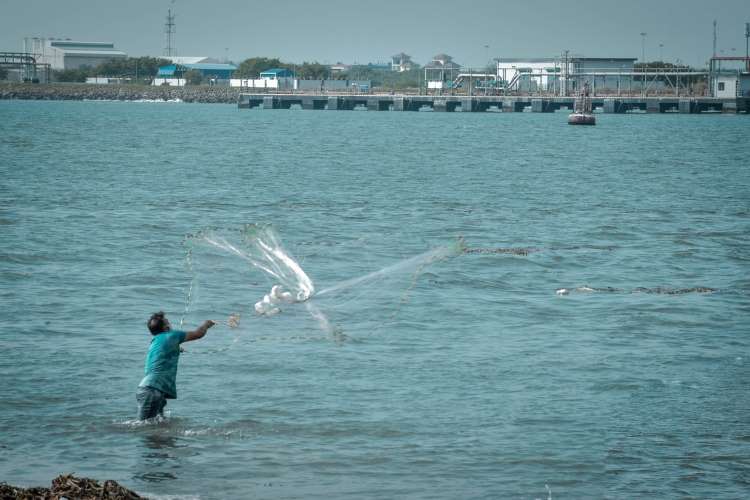Climate change and Kerala: The year 2021 is coming to a close. The fag end of the year is the time when people in Kerala expect clear skies and pleasant weather, but this year the situation is vastly different. Rain clouds still loom over the skies, lavishing the state with heavy rains and thunderstorms. Though Kerala has been facing extreme weather events triggered by climate change for the past few years, this year has been especially hard. The drought in 2015 was followed by a cyclone in 2017. The next two years witnessed massive floods and landslides.
Climate scientists have been warning that Kerala would be among the major victims of climate change because of the heavy concentration of population in the coastal region. The state presents an interesting study for people looking to research on the impact of climate change.
READ I Adolescents not well served by responses to Covid, climate change
Kerala usually gets its rains in two bursts. The main monsoon season fed by the southwest monsoon starts in June and ends in September. The intensity of the rain would subside after the first two months. Another short burst of rains comes from the northeast monsoon when the state would witness thunderstorms. There would be a two-week gap between the monsoon seasons, which seems to have disappeared.
Climate researchers have been studying the changes in monsoon rainfall over the last few years. While there has not been much change in the amount of rain received by the state every year, the distribution of rainfall has seen2 major changes. In the last 35 years, heavy rainfall occurred only in 1991, 1997, 2007, 2018, and in 2021. Heavy and torrential rains used to occur in June and July, but the last few years saw heavier rains in August and September.
READ I Gujarat ban on non-vegetarian food vending illogical, harmful
Climate change and natural calamities
Kerala is situated in the southern part of the Indian subcontinent and in the middle of the Indian tectonic plate. The state is divided into three regions based on topography — the eastern highlands of the Western Ghats, central midlands, and the lowlands in coastal areas.
Severe landslides occurred in 2020 in Malappuram and Wayanad districts. In 2021, there has been a series of landslides in Kottayam and Pathanamthitta districts. The state is experiencing the phenomenon of soil piping since last year. Most parts of the Western Ghats in Kerala are receiving heavy rains of small durations, leading to the weakening of the grip of mountain soil. The rainwater penetrates into the subsoil to loosen the firm grip between mud and rocks. Landslides occur when water-bearing earth starts tumbling down along with rocks.
READ I Battle over farm laws may just have ended in stalemate
In 2018, more than 480 people were killed in an estimated 4,728 landslides. The damage was caused by climate change as well as human-induced changes. Quarrying, razing of hills, large-scale road construction, and mono-crop cultivation contributed to the increasing number of landslides. However, a majority of the landslides in 2018 occurred in forested areas. Also, no significant changes in land use have been detected in the past eight years, suggesting that most of the landslides were triggered by heavy rainfall caused by climate change.
Changing monsoon pattern is cited by scientists as a tipping point of the climate crisis. The rise in average global temperature could change the pattern and intensity of rains. It results in warmer oceans and causes extreme weather events such as draughts, floods, super cyclones, melting of ice, wild fires, and cloudbursts. Usually, the temperature in the Arabian Sea surface is 1.5 degrees lower than that in the Bay of Bengal. This is why Kerala coast witnesses lower number of cyclones. But the situation is changing fast.
It is clear that Kerala is especially vulnerable to climate change events. The increase in number of cyclones, changing monsoon pattern, and frequent landslides are all caused by climate change. Awareness and swift action are key to surviving climate emergencies. The scientific community should come up with accurate forecast of precipitation and cyclones and the government must come up with fool proof disaster management plans. Kerala should not be dependent on knee-jerk reactions during the crises — it needs long-term mitigating action.
(Diya Philip is Assistant Professor, Economics at BK College, Amalagiri.)

